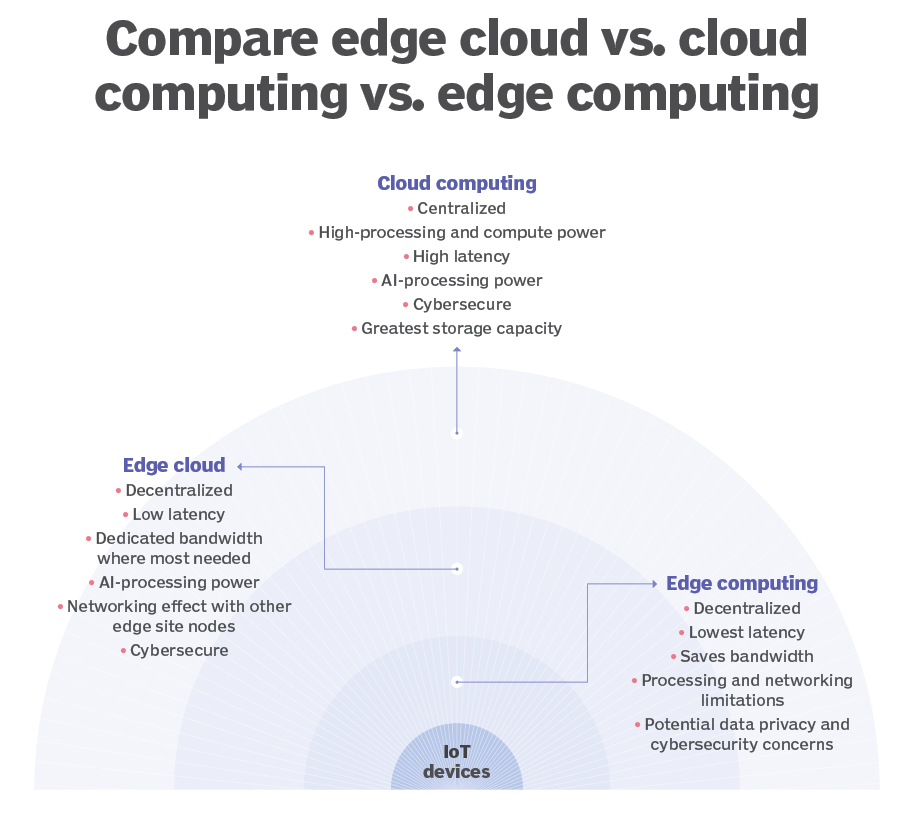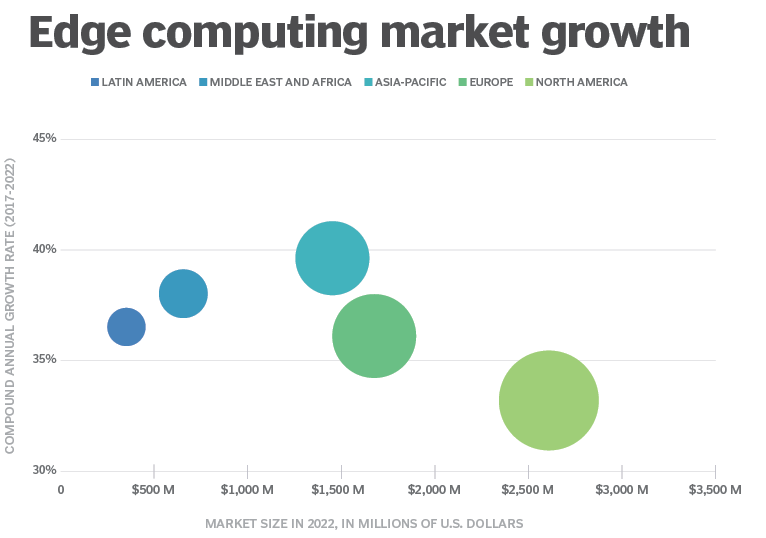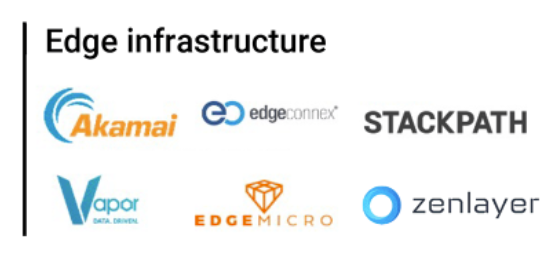Connected devices are thriving and we are using more and more of them. From wearables to connected food processors to all internet-connected gadgets, they’re everywhere. In this context, the trend of Cloud Computing – the process by which a large number of smart devices connect to the Internet to function – has become and is expected to continue to grow in the coming years.
End-user spending on public cloud services worldwide
from 2017 to 2023 (in billion US dollars)
Source: Statista
Put simply and quickly, Cloud Computing allows companies to store and process data outside of their own physical hardware. It allows them to be stored on a network of remote servers, called the “cloud”. A simple example might be Apple’s “iCloud” service. The Apple brand’s Cloud service allows you to save data from your Iphone in the Cloud and then retrieve it on another device connected to the Internet, such as your computer or tablet. This data is thus no longer limited to the data storage capacity of the smartphone in question.
So, obviously, the “cloud”, this famous cloud, evokes a vast decentralized network on which our personal data resides. But we are not fooled. It must be said, the marketing of Cloud operators has worked well to encourage users to store all their private and professional life in these servers which are not, in fact, in the clouds. Last year, there were nearly 1500 large data centers located in the United States. These vast, warehouse-sized facilities can house thousands of servers that process and store this personal data that users rely on daily for their collaborative document editing tools.
To explore the largest data centers in the world, I let you enjoy this article: 12 Largest Data Centers In The World In 2022
Facilities that belong, in part, to giants of data marketing that we know well, such as Amazon, Microsoft and Google, among others. Cloud Computing is ultimately only the reflection of this intense battle that these operators are waging to lock on their platform the most data of companies and individuals.
Edge Computing
To no longer depend, in part, on these centralized platforms, Edge Computing is potentially an answer. In the perspective of a data-rich future with billions of Internet-connected devices around us, data processing will have to keep its speed or even improve it but above all become more reliable.
Cloud Computing, given its centralized nature, has proven to be particularly profitable in recent years, but the rise of the Internet of Things (IoT) has put a strain on network bandwidth by dramatically increasing the amount of data that can be transferred over a network. But ultimately, thanks to technological progress and innovation, not all connected devices need to be entirely dependent on the cloud. Some gadgets can avoid these round trips of data with the cloud, which is a fundamental concept of Edge Computing.
Today the ability of the IoT to process data is growing with hardware, often chips, becoming more and more powerful. For example, there are cameras that analyze live images, in real time, locally without going through cloud algorithms. We can see several advantages in this, such as improved performance in data processing and better compliance with GDPR rules by avoiding the use of the cloud to transfer images to datacenters.
This approach ultimately advocates the idea of storage and calculation of ambient data available at the place where the action takes place, therefore locally in the field, without depending, in part, on cloud services. Finally, Edge Computing makes it possible to process data closer to where it is created (i.e. motors, pumps, generators or other sensors), thus reducing the need to transfer all of the data with the cloud.
Edge Computing
Source: Youtube Connected Cookie
The Edge Computing infrastructure is defined as follows:
“Mesh network of micro data centers that process or store critical data locally and push all received data to a central data center or cloud storage repository” IDC Research Center
In other words, rather than storing and processing large amounts of data in large centralized centers that may be thousands of miles away from the device on the network, Edge Computing relies on a distributed network of sensors embedded in objects. connected nearby. This enables organizations to act quickly on data where it is captured, but also reduces the distance between where the data is captured and where it is processed, which not only reduces the cost of data transit, but also improve latency, bandwidth utilization and infrastructure costs. We can also mention that Edge Computing makes it possible to partially limit the exposure of companies to cyberattacks on Cloud infrastructures.
“When we transfer the power of the cloud to the device – the edge – we provide the ability to react, reason and act in real time and in areas with limited or no connectivity…it’s still early days. , but we are beginning to see how these new capabilities can be applied to solve critical global challenges.” – Kevin Scott, CTO of Microsoft
Finally, the Cloud is still a fundamental pillar in Edge Computing. However, it takes a less important place than what it currently represents. In short, the ambition of the Edge is to provide an innovative environment allowing users, in particular companies and public entities, to advance in the digital transition and to improve the applications, their resilience and their independence to the giants across the Atlantic. and Chinese. Edge computing is also enabling some level of interoperability between emerging connected devices. It converts communication protocols used by older systems into a language that modern connected devices can understand. This means that existing industrial equipment can be seamlessly and efficiently connected to modern IoT platforms.

Techatarget.com
This Edge Computing market encompasses many industries: transportation, healthcare, agriculture and smart farms, energy control, and financial services among others.

Edge Computing Market by Contains
Techtarget
According to the consensus of CB insight the market for advanced infrastructure such as Edge Computing should weigh 450 billion dollars in the coming years. A number of companies are positioning themselves in this market to take advantage of the evolution of the IT market and ride the edge computing wave.

Edge Computing Focused Companies
Source: CB Insight analyst consensus
Here we have understood that Edge Computing makes it possible to unclog the Cloud networks of tech behemoths. Challenges around device capabilities, including the ability to develop software and hardware that can handle cloud computing offload, are likely to arise. Being able to teach machines to switch between computing that can be done at the edge and one that requires the cloud is also a challenge. In a future article, we will explore case by case what the companies presented in the image above offer concretely within the framework of Edge Computing.
